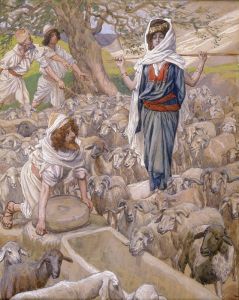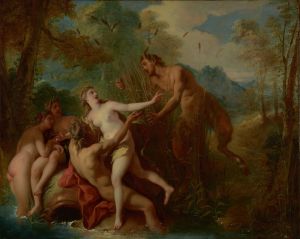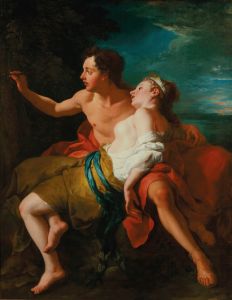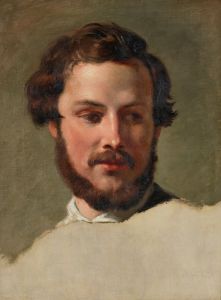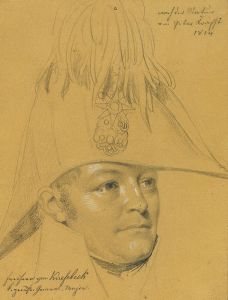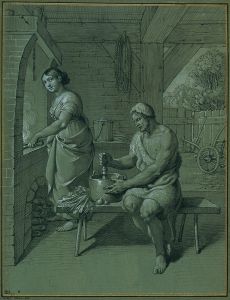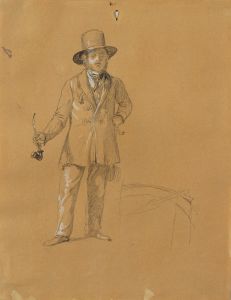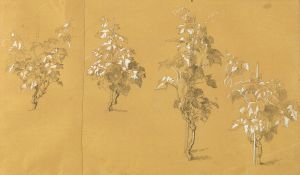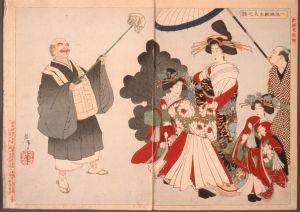
Studie zu ‘Hermann und Dorothea im Weinberg’
A hand-painted replica of Johann Peter Krafft’s masterpiece Studie zu ‘Hermann und Dorothea im Weinberg’, meticulously crafted by professional artists to capture the true essence of the original. Each piece is created with museum-quality canvas and rare mineral pigments, carefully painted by experienced artists with delicate brushstrokes and rich, layered colors to perfectly recreate the texture of the original artwork. Unlike machine-printed reproductions, this hand-painted version brings the painting to life, infused with the artist’s emotions and skill in every stroke. Whether for personal collection or home decoration, it instantly elevates the artistic atmosphere of any space.
Johann Peter Krafft was an Austrian painter known for his historical and genre scenes, and one of his notable works is "Studie zu ‘Hermann und Dorothea im Weinberg’" (Study for 'Hermann and Dorothea in the Vineyard'). This painting is a study related to the larger theme of "Hermann und Dorothea," which is based on the epic poem by Johann Wolfgang von Goethe. The poem, written in the late 18th century, tells the story of two lovers set against the backdrop of the French Revolution, exploring themes of love, displacement, and societal change.
Krafft's study captures a moment from this narrative, focusing on the characters Hermann and Dorothea in a vineyard setting. The choice of this scene reflects the pastoral and idyllic aspects of Goethe's poem, emphasizing the connection between the characters and the natural world. Krafft, known for his attention to detail and ability to convey emotion, likely used this study to explore composition, lighting, and the interaction between figures and their environment.
Johann Peter Krafft was born on September 15, 1780, in Hanau, Germany, and later moved to Vienna, where he became a prominent figure in the art scene. He studied at the Academy of Fine Arts in Vienna and was influenced by the works of Jacques-Louis David and other neoclassical artists. Krafft's work often depicted historical and literary subjects, and he was known for his ability to bring these stories to life with vivid detail and emotional depth.
The study for "Hermann und Dorothea im Weinberg" would have been part of Krafft's process in creating a larger, more finished work. Studies like this one were common practice for artists of the time, allowing them to experiment with different elements before committing to the final composition. These preparatory works provide insight into the artist's creative process and offer a glimpse into how they developed their ideas.
Krafft's interest in literary themes is evident in his body of work, and his ability to translate these narratives into visual form made him a sought-after artist in his time. His paintings often reflect the cultural and intellectual currents of the early 19th century, bridging the gap between the Enlightenment and Romanticism.
While specific details about the study "Studie zu ‘Hermann und Dorothea im Weinberg’" may be limited, it is clear that Krafft's engagement with Goethe's poem demonstrates his interest in exploring complex human emotions and societal themes through art. His work remains an important part of the Austrian art historical canon, and his studies offer valuable insights into the artistic practices of his era.
Krafft continued to be active in the art world until his death on October 28, 1856, in Vienna. His legacy is preserved through his contributions to historical painting and his ability to capture the essence of literary works in his art.





